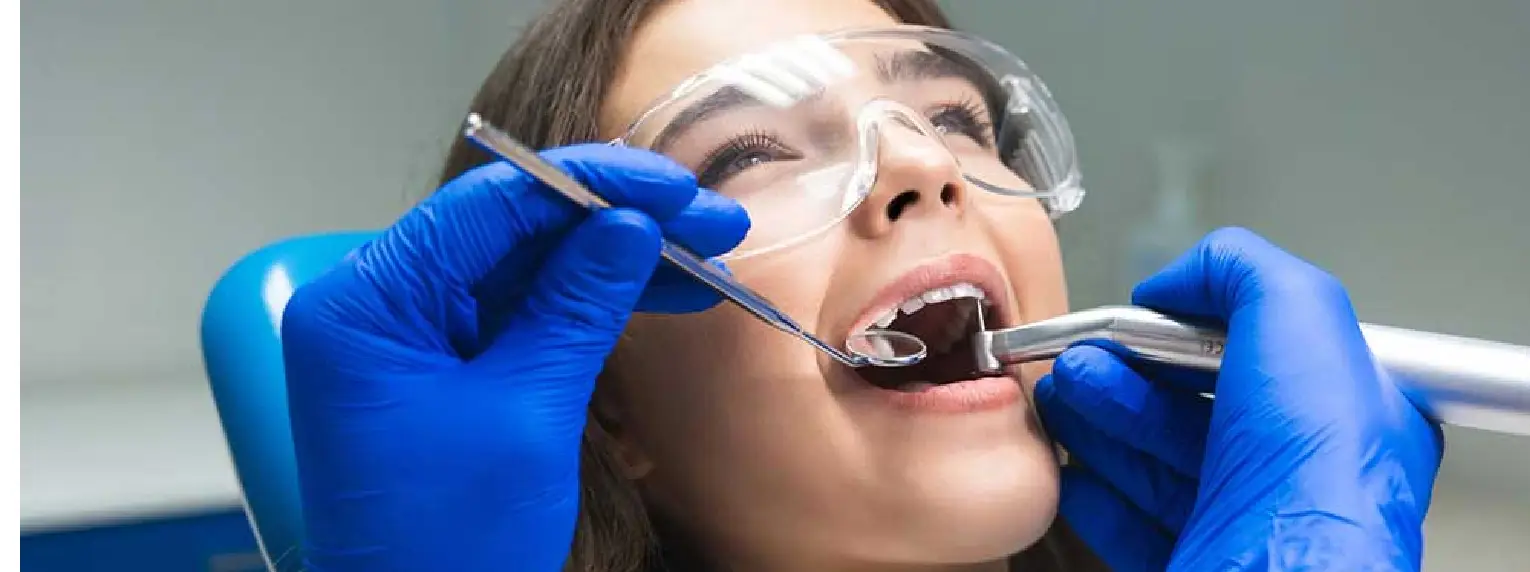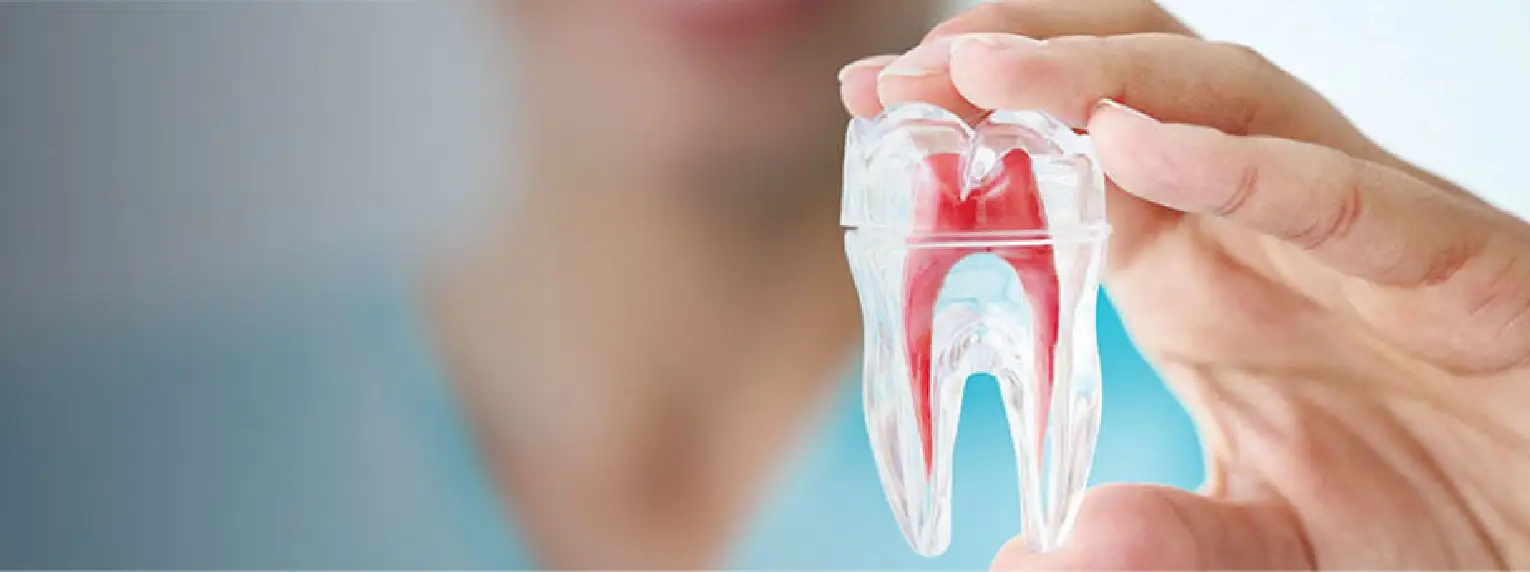Cosmetic Surgery
Cosmetic Procedure
Dentistry
Non Surgical Body Contour
Root canal treatment is a dental procedure designed to treat infections or damage within the pulp (the soft tissue) of a tooth. When a tooth becomes severely decayed or infected, the infection can spread to the root, causing pain and discomfort. Root canal therapy removes the infected tissue, cleans the inside of the tooth, and seals it to restore its function and prevent further damage.
Why Choose Root Canal Treatment in Dermatology?
In dermatology, we understand that your smile is a key feature of your facial aesthetics. A healthy smile not only boosts confidence but also helps maintain facial structure. When a tooth becomes infected or decayed, it can lead to tooth loss, which may impact your facial appearance over time. Root canal treatment ensures that you can save your natural teeth, avoid the negative effects of tooth loss, and preserve your youthful look.
Aesthetic Benefits of Root Canal Treatment
● Preserve Natural Teeth: Saving your natural teeth with root canal treatment helps
maintain the alignment and symmetry of your smile, which plays a vital role in overall
facial aesthetics.
● Maintain Facial Structure: Tooth loss can lead to bone loss in the jaw, which may
cause the face to sag or appear sunken. By preserving your natural teeth, root canal
treatment helps you avoid these changes and maintain a fuller, more youthful
appearance.
● Minimal Discomfort and Visible Impact: Root canal therapy removes infection while keeping your tooth intact. Unlike tooth extraction, which may require a prosthetic, root canal treatment allows you to keep your original teeth, preserving their natural appearance.
How Does Root Canal Treatment Work?
Root canal treatment typically involves the following steps:
1. Consultation and Diagnosis: During your consultation, our dental professionals will
examine your tooth using advanced imaging technology, such as X-rays, to determine the extent of the infection or damage. If a root canal is needed, we’ll explain the procedure and how it will help preserve both your oral and facial health.
2. Cleaning and Preparation: After numbing the area with a local anesthetic, the dentist will make a small opening in the tooth to access the infected pulp. The damaged tissue will be removed, and the inside of the tooth will be cleaned thoroughly.
3. Filling and Sealing: Once the root canal is cleaned, the space is filled with a
biocompatible material and sealed to prevent future infection. In some cases, a crown may be placed on top of the tooth to provide added strength and protection.
4. Restoration and Recovery: After treatment, you can expect to return to your normal activities with minimal discomfort. Follow-up visits will ensure that the tooth heals properly and the infection is fully resolved.
Benefits of Root Canal Treatment for Facial and Skin Health
● Prevent Tooth Loss: Root canal treatment helps you retain your natural teeth,
preventing the need for dentures, implants, or bridges that could alter your facial
appearance over time.
● Maintain Jawbone Health: By saving your teeth, root canal therapy prevents the bone loss associated with tooth extraction. This helps preserve the integrity of your facial structure and skin.
● Restored Functionality: A successful root canal restores the function of your tooth, allowing you to chew, speak, and smile with confidence without worrying about pain or tooth loss.
Aftercare for Root Canal Treatment: Maintaining Your Smile and Skin Health
After your root canal treatment, it’s important to follow proper aftercare to ensure optimal healing and long-term results:
● Good Oral Hygiene: Brush and floss regularly to keep your treated tooth and
surrounding gums healthy.
● Avoid Hard Foods: While your treated tooth is healing, avoid chewing on hard foods that could potentially damage the restoration or cause discomfort.
● Regular Checkups: Visit your dentist regularly for checkups to monitor the health of the treated tooth and ensure your oral and facial health remain intact.


